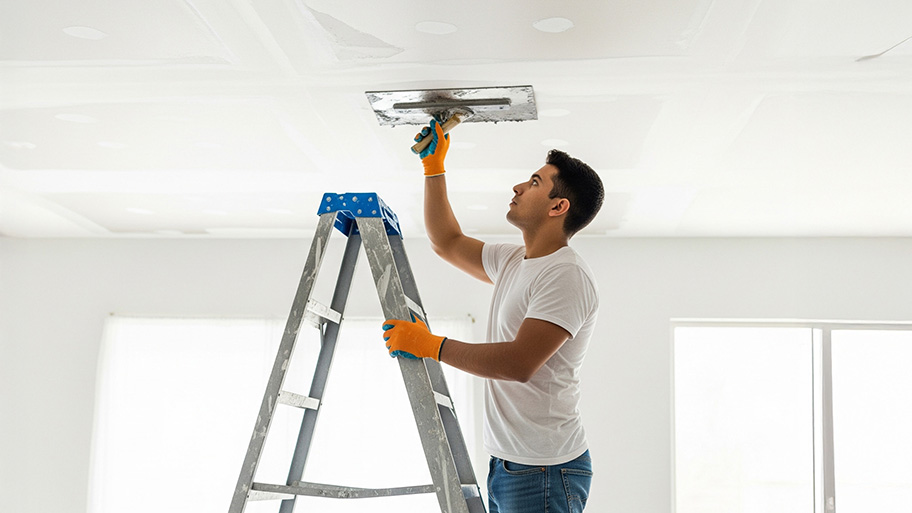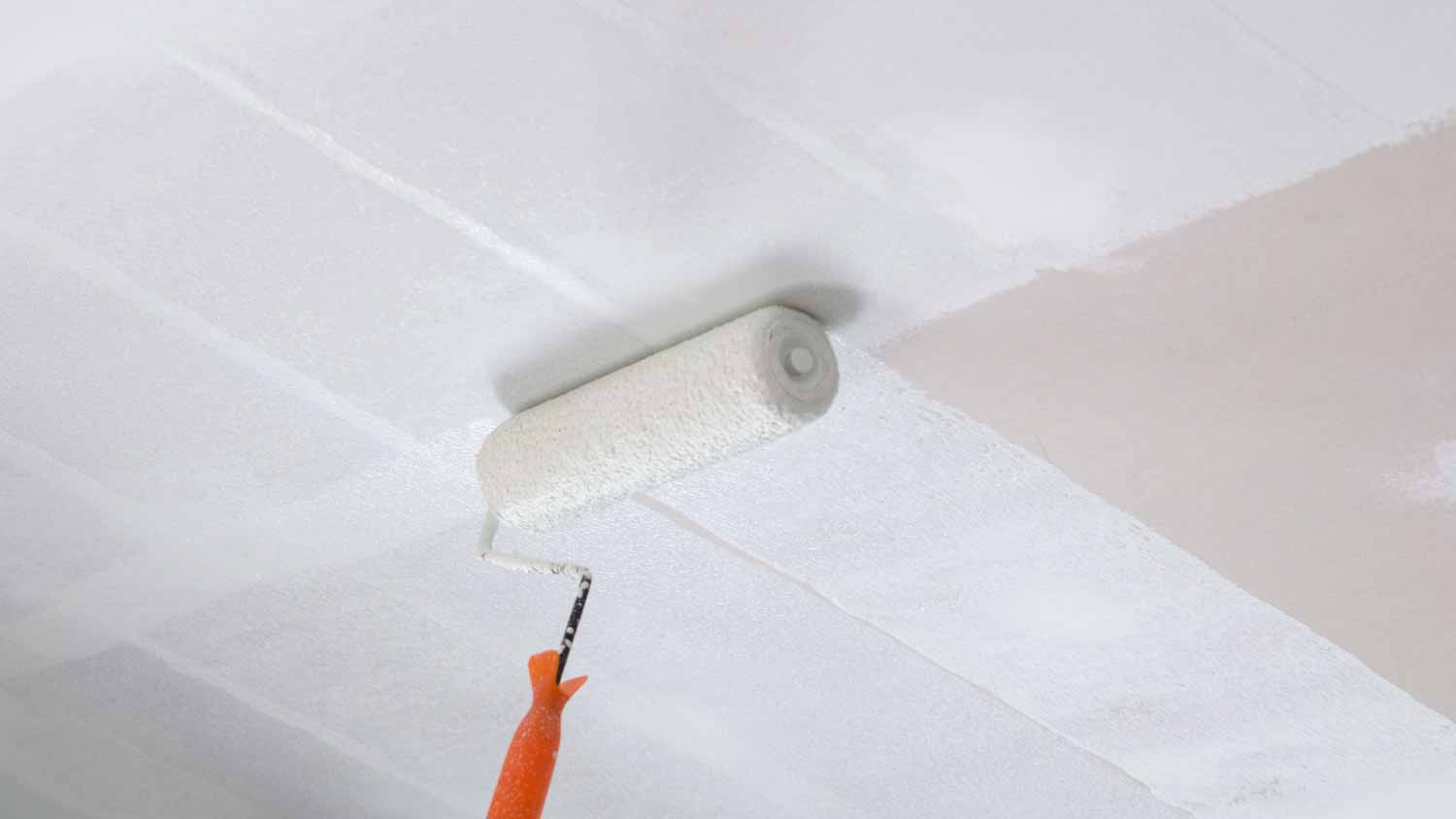
Get matched with top plaster repair specialists in Imperial, NE
Enter your ZIP and get matched with up to 5 pros
Need a pro for your plaster repair project in Imperial, NE?
Verified Reviews for Plaster Repair pros in Imperial, NE
*The Angi rating for Plaster Repair companies in Imperial, NE is a rating based on verified reviews from our community of homeowners who have used these pros to meet their Plaster Repair needs.
*The HomeAdvisor rating for Plaster Repair companies in Imperial, NE is a rating based on verified reviews from our community of homeowners who have used these pros to meet their Plaster Repair needs.
Last update on November 29, 2025
Find Plaster repair specialists in Imperial
DT Homes
DT Homes
we have 4 employees and can handle anything from your honey-do to a new construction . The forms of payment we accept are cash and local checks .
we have 4 employees and can handle anything from your honey-do to a new construction . The forms of payment we accept are cash and local checks .
Farm and Ranch Renovation
Farm and Ranch Renovation
General Contracting/ Repurposing -- no job too large -- Licensed, Bonded, & Insured. Free Estimates.
General Contracting/ Repurposing -- no job too large -- Licensed, Bonded, & Insured. Free Estimates.
Crale Collison
Crale Collison
I have been doing construction and drywall for 19 years do all kinds and types small or large
I have been doing construction and drywall for 19 years do all kinds and types small or large
The Imperial, NE homeowners’ guide to plaster repairs
From average costs to expert advice, get all the answers you need to get your job done.

The cost of plastering walls and ceilings depends on the room size and ceiling height. Our tips can help you estimate an accurate cost.

A ceiling repair averages about $1,000, but multiple factors affect this number. Learn more about creating an accurate ceiling repair cost estimate with our tips.

The eye-catching character of a coffered ceiling can really set your room design apart. This guide breaks down coffered ceiling costs to help you budget.

How long does plaster take to dry? It depends. This guide shows you how long plaster needs to dry and cure and why the process is worth the wait.

Plaster ceiling repair isn’t the most difficult DIY home repair, but supplies and tools can get pricey. Read on to learn how to repair a plaster ceiling.

Applying the right amount of mist coat extends the life of your paint. But how many times should you mist coat new plaster? Find out with this guide.
- Holyoke, CO Plaster repair specialists
- Julesburg, CO Plaster repair specialists
- Wray, CO Plaster repair specialists
- Paxton, NE Plaster repair specialists
- Haxtun, CO Plaster repair specialists
- Yuma, CO Plaster repair specialists
- Fleming, CO Plaster repair specialists
- Hale, CO Plaster repair specialists
- Sterling, CO Plaster repair specialists
- Roofing in Imperial
- Plumbing in Imperial
- Tree Service in Imperial
- Fencing in Imperial
- Garage Doors in Imperial
- Pest Control in Imperial
- Moving in Imperial
- Countertops in Imperial
- Windows in Imperial
- Landscaping in Imperial
- Kitchen And Bath Remodeling in Imperial
- Furniture Refinishing in Imperial
- Contractor in Imperial
- Holiday Decorating in Imperial
- Roofing in Imperial
- Plumbing in Imperial
- Tree Service in Imperial
- Fencing in Imperial
- Kitchen And Bath Remodeling in Imperial
- Siding in Imperial
- Electrical in Imperial
- Lawn And Yard Work in Imperial
- Garage Doors in Imperial
- Concrete Repair in Imperial
- Windows in Imperial
- Flooring in Imperial
- Exterior Painting in Imperial
- Air Duct Cleaning in Imperial
- Pest Control in Imperial
- Concrete Driveways in Imperial


